Animal rehabilitation is essential for giving injured or orphaned animals a second chance at life – but how can you help? We asked an expert to explain how everyday people can make a difference.

Liz Clifton is a dog bite prevention educator, Animal Reiki Master Teacher Trainer, Calm coach and mentor for people and their animals, rescue animal rehabilitator and guardian, TEDx speaker, self-care and mental health advocate, and founder of Family Dog Connection Limited and the take34u™ mission. Her mission is to empower at least 3 million individuals of any species, to create clear, calm, connected, confident communication to choose to be themselves and achieve their purpose with anyone, anywhere and take at least 3 minutes of daily self-care and daily joy.
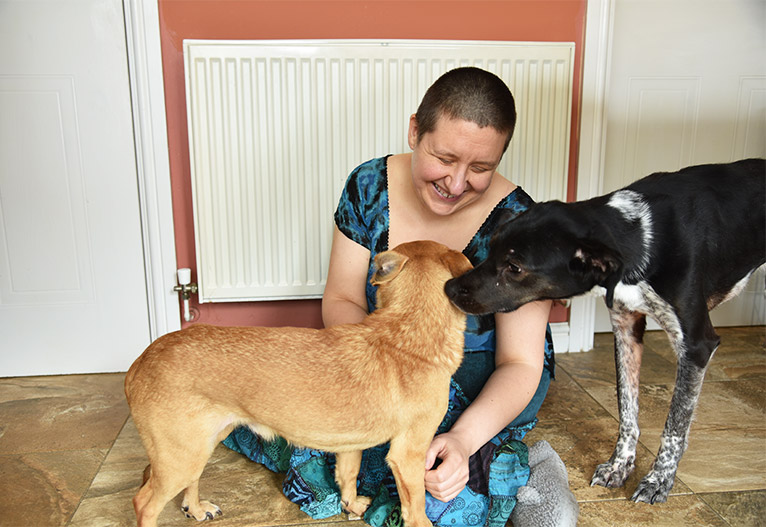
What is animal rehabilitation?
Animal rehabilitation is an amazing opportunity for us to support rescue animals by meeting them exactly where they are and providing them with the individual resources that they need to thrive.
To me, it’s very similar to when people seek support for their emotional, mental, physical, and spiritual health and wellbeing when they have experienced loss, grief, hurt, fear, anger, trauma, or stacked stress.
The main difference is that animals speak a different language. Hence, we humans take a little more time and patience to observe and understand their body language and their exhibited behaviours, including any habitual changes.
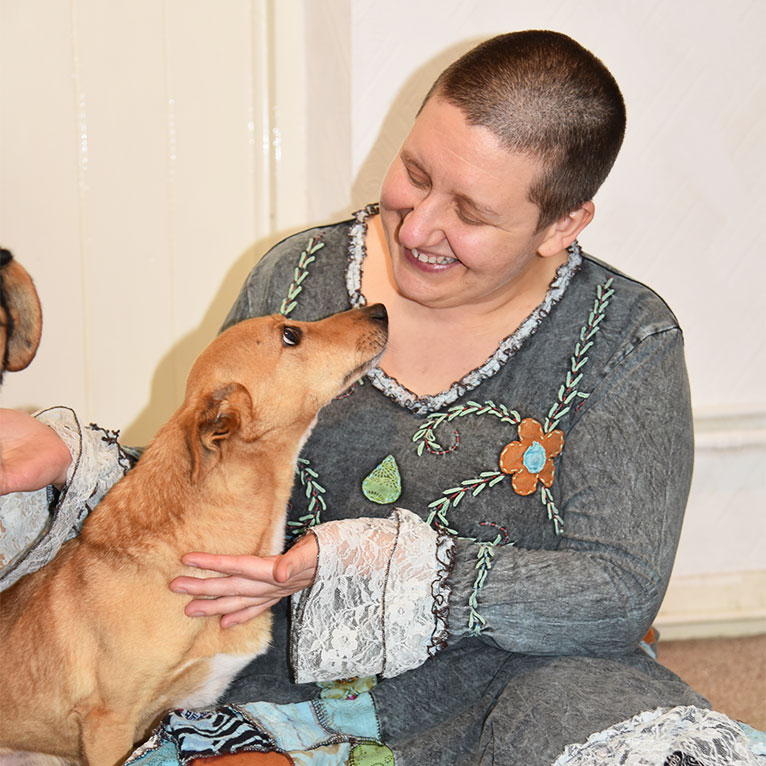
I’ve personally had the pleasure of rehabilitating rescue dogs, cats, rabbits, and guinea pigs as members of our family and have supported other animal guardians with their rehabilitation of a range of species, including horses, tortoises, birds, donkeys, snakes – and a brief encounter with a tiger.
What links them all together is the basic approach to animal rehabilitation, which is to observe the animals’ current natural behaviours and be acutely aware of any changes, however slight. It’s also important to have an understanding of how their species and particular breed generally behave, along with as much information about their present and past living environments because these will all shed light onto their current behaviour and wellbeing.
How can ancestral experience affect animals?
If a dog has been raised on the streets, they may well have some aversion to people, especially if they’ve been chased or caught in the past.
It has even been shown that puppies born in an animal shelter can exhibit fear of men, who are often the ones that catch street dogs, which has been passed down to them from their mother via epigenetics. By being aware of this potential fact, the rescue shelter can either re-home the puppies to female households, rehabilitate the animals into a family environment before rehoming, or offer pre-adoption and ongoing behaviour and training support for mixed-gender households to gently introduce the puppies to any male members.
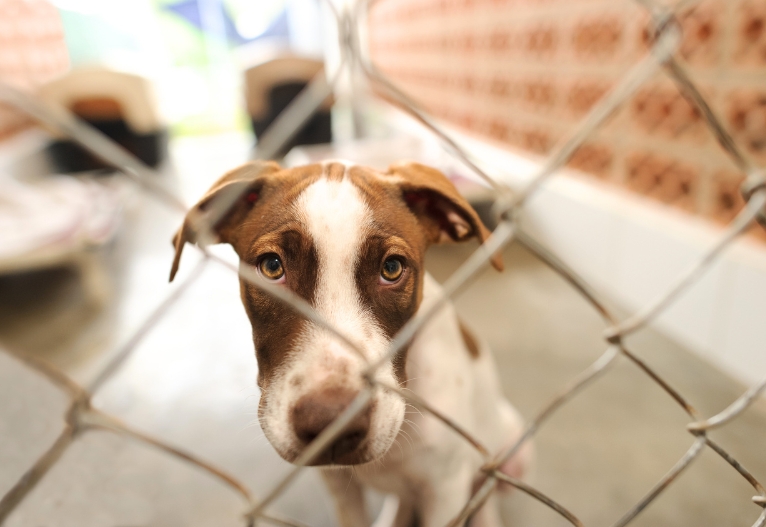
It’s important to remember that all animals are unique, and whilst their ancestral history, lived experience, species, and breed determine their character and instinctual behaviours, there is always room for individuality – which can include surprises!
The four steps to animal rehabilitation
- Observe the animal’s current situation, including all areas of their health and wellbeing.
- Ensure that the animals’s basic welfare and medical needs are met.
- Consider what the individual animals’ immediate and ongoing well-being needs are to support them to thrive. This could include trauma, emotional, or stress-release support.
- A unique support package can be created with a variety of service providers or by the guardian with support from specific animal behaviourists, holistic trauma-informed trainers, and complementary therapy providers such as Animal Reiki practitioners.
How understanding your animal can save lives
When you take the time to understand your animals and foster animal communication, you can truly save your life, their life, and the lives of others around you of any species.
The first step in animal rehabilitation is understanding how the animal is in the present moment. Histories help us by equipping us with a potential idea of how and why animals are feeling and behaving as they are, but actively observing them now is always essential.

Many animals, especially dogs and cats, move far quicker than we can even observe. For example, a dog can bite more than five times before we notice the first bite as their predatory reflexes are so fast. It’s therefore essential to understand species, breed, and the unique individuals’ body language and communication before you invite them to share space with you.
Tips for living with a rescued animal
Support yourself first
Your wellbeing must come first because animals are more acutely aware of our emotional energy, body language and temper than many people are.
Consider how you are feeling before before entering the animal’s living space and allow yourself to process or release any negative emotions first. You can simply ask yourself, “How am I feeling?” Then, if you need to move into a calmer emotional state, you could practise mindful breathing or listen to your favourite music to unwind. Of course, if you are ever in need of emergency mental health assistance, reach out to your medical provider or alternative health provider, trusted loved one or an emergency helpline.
Let the animal come to you
Unless you are an animal communicator, it’s unlikely that you are directly conversing with the animal, so they are not verbally inviting you into their space. So, as with my Animal Reiki teaching, I always suggest that you create a space where every one of all species is safe at all times and where the animal(s) can choose to either come closer or move completely away from you.
This is far safer than causing any animal to feel trapped and evoking their innate flight, fight, fawn response, which can quickly end in fear-based reactions.
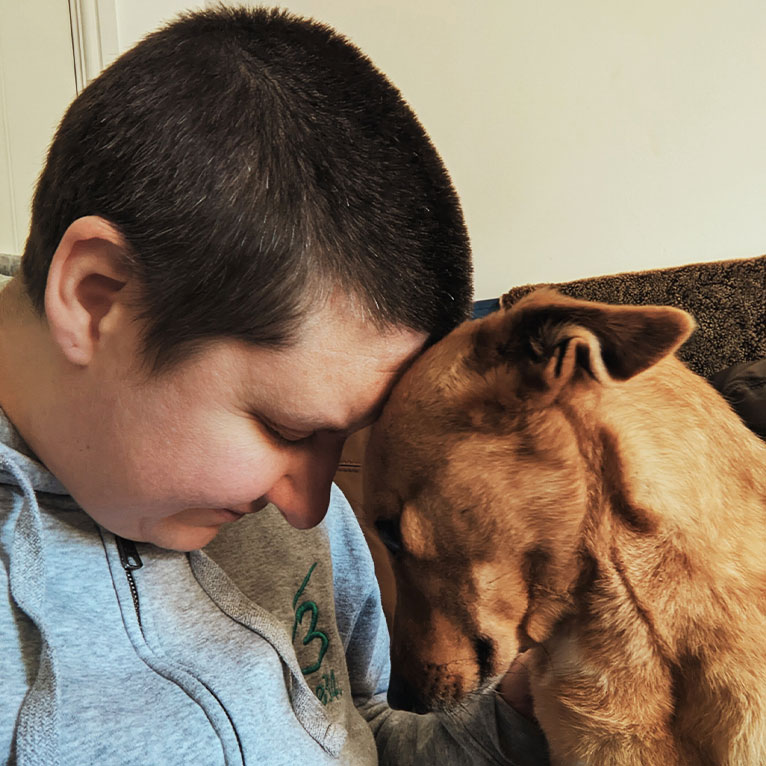
Enable the animal to self-soothe
Invite animals to fulfil their natural behaviours as self-soothing and stress-releasing activities. Some examples for dogs and cats could be a safe space to retreat and rest when needed with options where they can safely be alone or with you, safe opportunities to lick, safe items to chew, a safe space to dig, and opportunity to run safely, safe space to sniff and safe opportunities to shred as each of these behaviours can support them to release any stacked stress or emotions
How animal rehabilitation reduces the rescue crisis
Since the COVID lockdown, many people have surrendered animals, especially dogs. Sadly, this is because many people took dogs while they were home, but since returning to work, realised the animal doesn’t fit their lifestyle. Also, lockdown isolation left many unsocialised dogs with social fears.
New guardians and potential guardians get to be aware of the rescued animal’s circumstances so that they can support them to the best of their ability. Ideally, animals start rehabilitation before rehoming. This is where animal shelter fosterers are so essential to the animal rehoming process as they offer animals a safe, supported space to rehabilitate gently and naturally, often alongside other animals who will naturally understand the behaviour and communications that we humans have to actively learn.
Once they have their essential needs met, animals can naturally release emotions, stress, and trauma through their preferred calming behaviours, veterinary care, and holistic practices like Animal Reiki, allowing them to thrive and enjoy life fully.
When animals are supported in this way, there are far fewer shelter returns because they can be understood better and matched with new families who will support them unconditionally.
Have you ever rehabilitated an animal? Leave us a comment below.


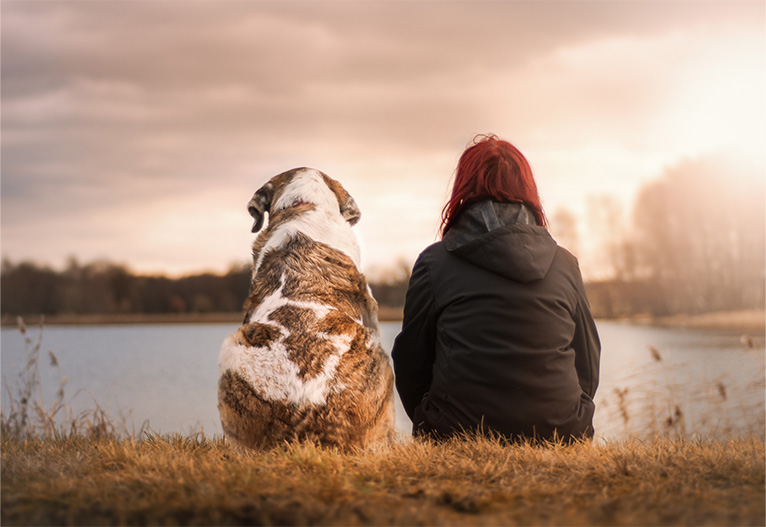
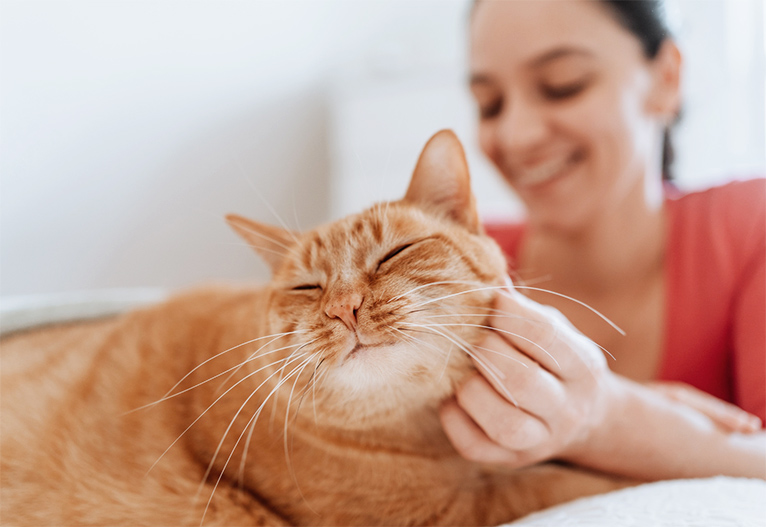
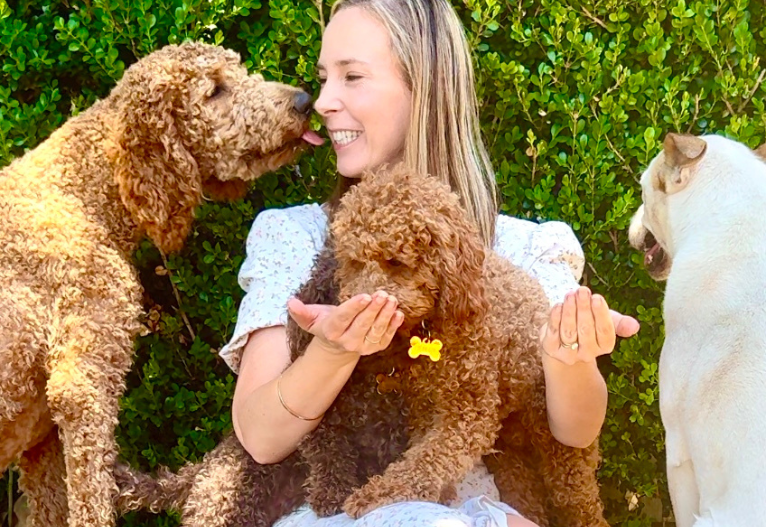
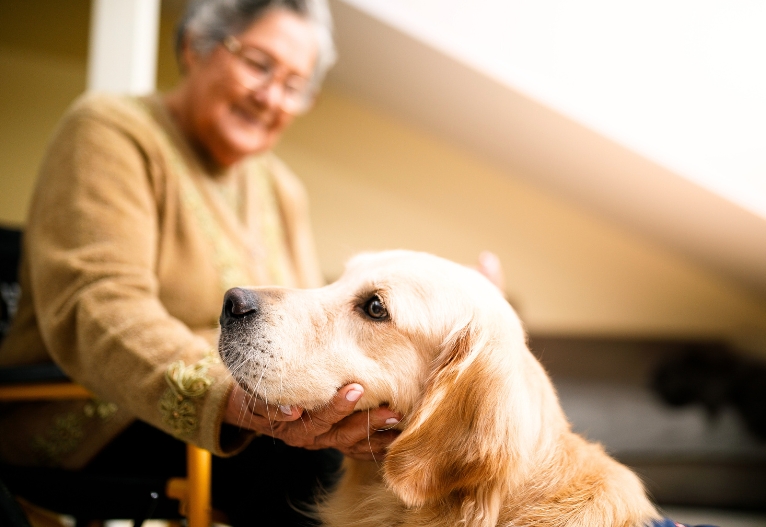








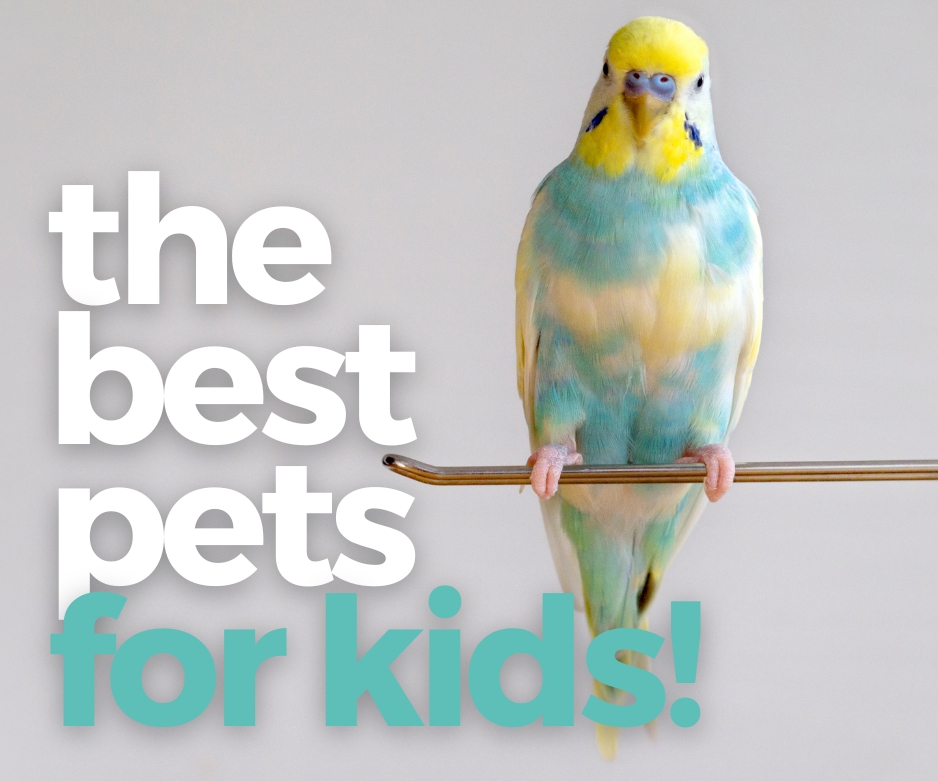
-

-
-
Woofs&Meows, QLD
- 06 Jun 2025
👍
0 Likes
-

-
-
BH516443, QLD
- 03 Jun 2025
👍
0 Likes
-

-
-
sars_angelchik, TAS
- 23 May 2025
👍
0 Likes
-

-
-
BH516536, TAS
- 22 May 2025
👍
0 Likes
Post a commentTo post a review/comment please join us or login so we can allocate your points.